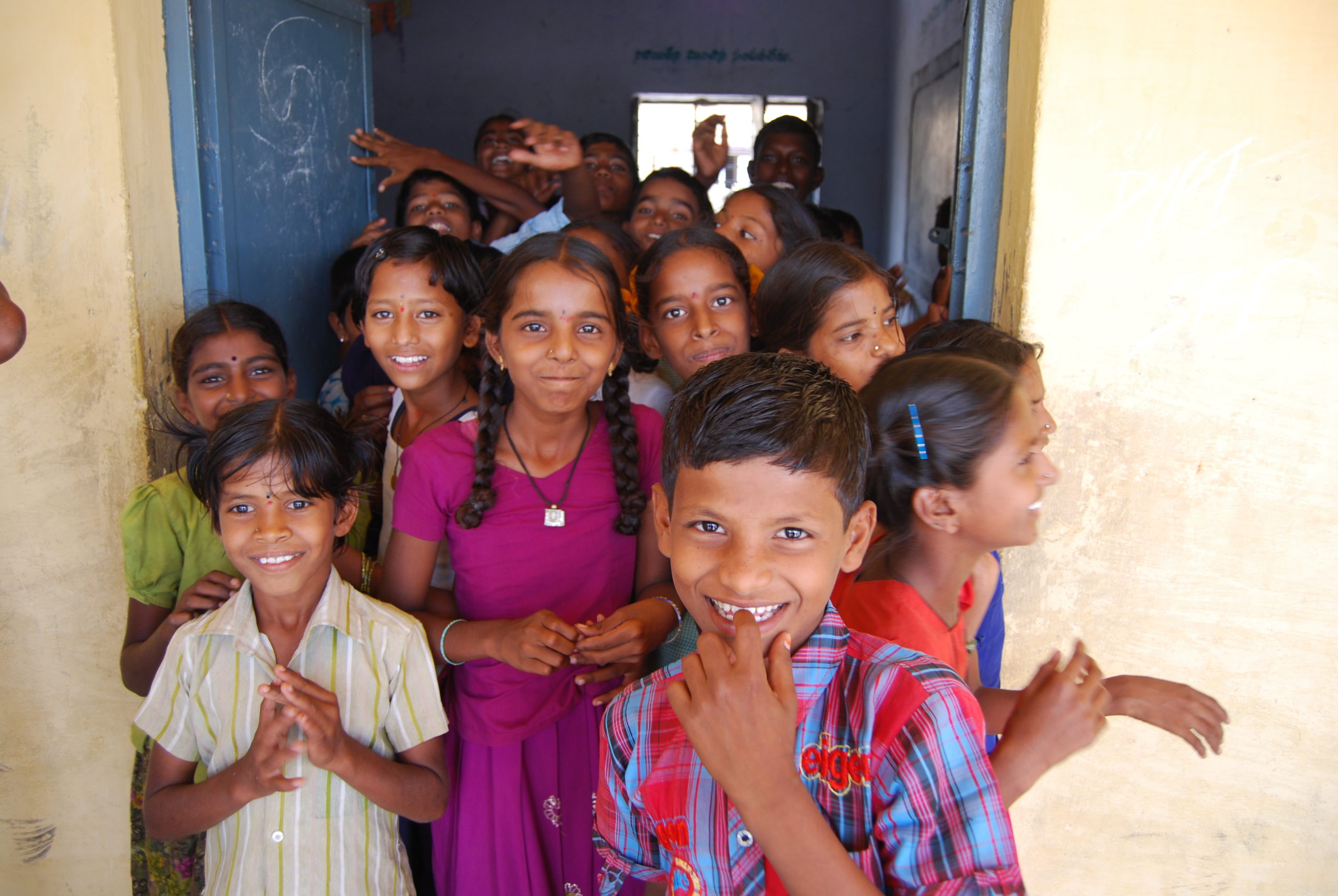Child labour in India
Child labour has different ramifications in rural and urban India. It is most prevalent among children from excluded social groups. Migration is an important factor when it comes to child labour in India. India has about 454 million internal migrants, that is 37% of the country’s population. Half of these are rural-rural migrants working in agriculture, while around 21% move from rural to urban areas. Children affected by migration can be grouped into a) children who move with their parents, frequently disrupting school attendance and access to basic services, b) independent child migration, often as child trafficking, c) children left behind by their migrating parents. All these children are in a vulnerable position and at risk of child labour.
Where we work
We focus on children and young people subject to or at risk of child labour and their families in rural and urban areas of Bihar, Rajasthan and the National Capital Region (NCR).
Bihar has a high incidence area of child labour and is a source area of migrant labour (including child labour) to other regions and sectors in India, including the other focus regions , NCR and Rajasthan. Child labour exists in family agriculture, domestic work, brick kilns, and local economic activities.
Rajasthan region is the main source area for natural stone in India and experiences a high incidence of child labour.
In the National Capital Region, the garment and textile sector is one of the key industries relevant to the NCR.
Sectors
Garment and textile sector
The garment and textile sector is one of the largest growing sectors in urban areas, including the National Capital Region. These are largely hidden workforces and unorganized work places. The family-based work falls outside of legal protection. Proving child labour is difficult in such informal home-based sectors. In six districts of Delhi about 24% of children are involved in full-time work. Children usually drop out of school between 12-14 years to work full time. Children work for more than 20 hours a week. Children who work in this sector, largely come from Bihar, and West-Bengal.
Natural stone sector
The natural stone sector (sandstone) is highly informal and unorganized and involves mainly migrants, both long term and short term. Bonded labour is major problem, since whole families are involved in the stone business, often through (hidden) bondage. Parents get advances and children take over these loans when parents die. In addition, occupational health & safety measures are lacking, and there have been many reported cases of silicosis (miner’s asthma). The focus on natural stone is in Rajasthan since the 90% of sandstone production takes place there. Out of 33 districts, 19 districts are involved in natural stone production and processing activities. Child labour in the sandstone production is a huge problem.
Domestic and informal work
In Bihar, children mostly work in the agricultural sector and are trafficked mostly for domestic work and construction work.

